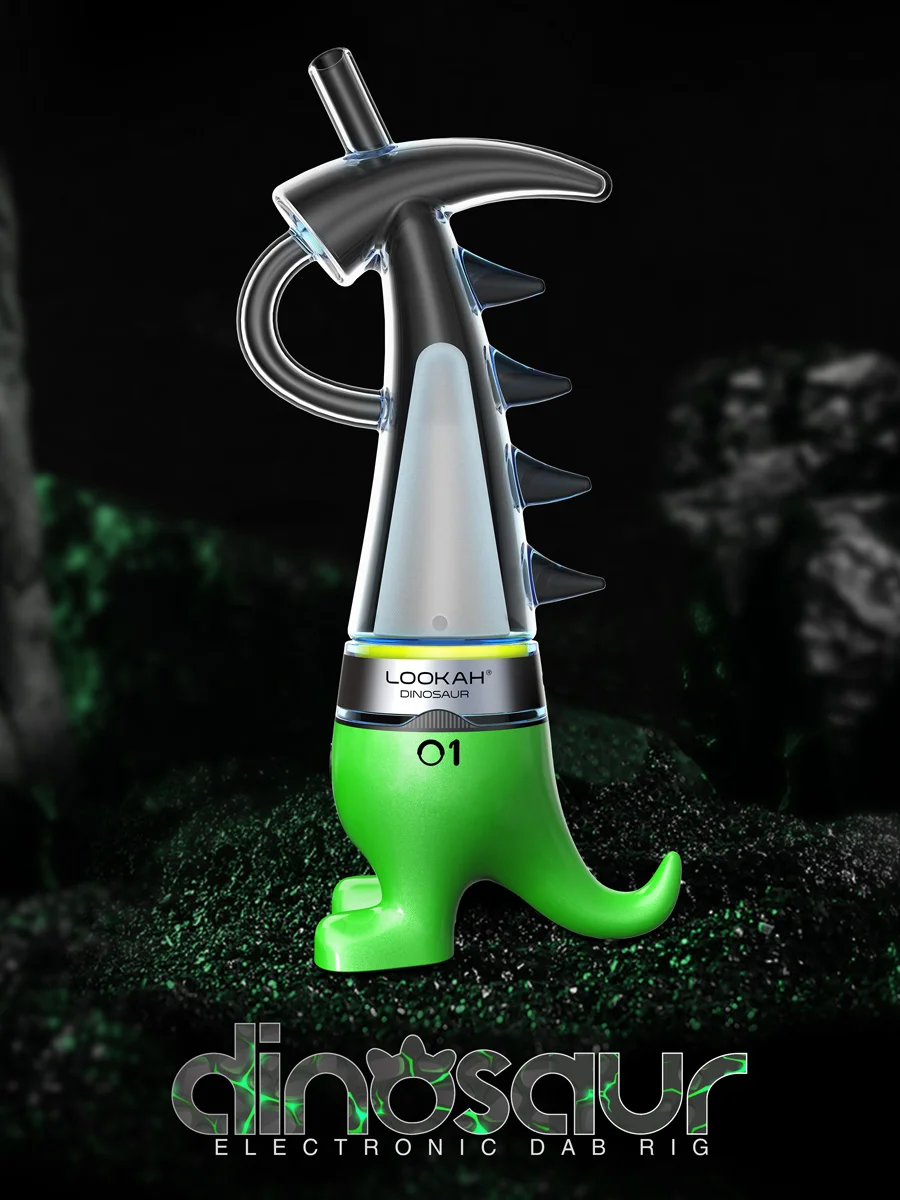Introduction
Experiencing sudden and overwhelming fear without any obvious reason can be terrifying. These episodes, known as panic attacks, often strike unexpectedly and leave a person feeling helpless and confused. Understanding panic attack symptoms is essential for identifying what’s happening and seeking timely help. At CHMC India, we emphasize early recognition and professional care, helping individuals regain control of their mental health through effective and personalized treatment plans.
Understanding Panic Attacks
A panic attack is an intense surge of fear that reaches its peak within minutes, often accompanied by a range of physical and emotional symptoms. These attacks can occur suddenly and without a clear trigger, though stress, trauma, or chemical imbalances in the brain can contribute. Recognizing the panic attack symptoms early can make a significant difference in managing the condition effectively.
What Causes Panic Attacks?
Before diving into the common panic attack symptoms, it’s crucial to understand what might trigger these episodes. Panic attacks can develop from various factors, including chronic stress, anxiety disorders, genetic predisposition, and even physical health conditions like thyroid problems. At CHMC India, we often see individuals whose panic attack symptoms are linked to both emotional and biological causes, requiring a comprehensive approach to care.
Physical Panic Attack Symptoms You Should Recognize
One of the most alarming aspects of panic attacks is the sudden onset of physical sensations that can mimic serious medical emergencies like heart attacks. These panic attack symptoms often make individuals rush to the emergency room, fearing something catastrophic.
Rapid Heartbeat and Chest Pain
The most common panic attack symptoms include a racing heart or palpitations. Many people describe this as their heart “pounding out of their chest.” Chest tightness or pain can accompany this sensation, adding to the fear of a heart-related problem.
Shortness of Breath and Choking Sensation
A person experiencing a panic attack often feels as though they cannot breathe properly. This hyperventilation can lead to dizziness, lightheadedness, and a choking sensation, further intensifying the fear.
Sweating and Trembling
Another classic sign among panic attack symptoms is excessive sweating or trembling, even when there is no physical exertion. These symptoms arise due to the body’s “fight or flight” response, which floods the system with adrenaline.
Dizziness and Nausea
Many people report feeling dizzy or nauseated during a panic attack. These panic attack symptoms can make a person feel disconnected from reality, as though they are losing control or about to faint.
Tingling Sensations or Numbness
Tingling in the hands, feet, or face often occurs because of changes in blood flow and breathing patterns. Such panic attack symptoms can be disorienting and may convince individuals that something is physically wrong, leading to increased anxiety.
Emotional and Psychological Panic Attack Symptoms
While the physical effects of a panic attack are distressing, the emotional and psychological symptoms are equally impactful. They can cause intense fear and confusion that persist long after the episode ends.
Fear of Losing Control
One of the most common psychological panic attack symptoms is an overwhelming fear of losing control. Individuals often feel trapped in their body, unable to calm down or stop the sensations from escalating.
Sense of Impending Doom
During a panic attack, it’s common to feel a strong sense of doom or the belief that something terrible is about to happen. This fear is irrational but feels extremely real in the moment.
Detachment from Reality
Some individuals describe feeling detached from themselves or their surroundings, known as depersonalization or derealization. These panic attack symptoms can make a person feel as though they’re watching themselves from outside their body, increasing distress and confusion.
Recurrent Fear of Future Attacks
After experiencing a panic attack, many people develop anticipatory anxiety—constantly fearing when the next attack might occur. This becomes one of the most debilitating panic attack symptoms, often leading to avoidance behaviors that restrict daily life.
How Panic Attack Symptoms Affect Daily Life
When panic attack symptoms occur repeatedly, they can interfere with personal relationships, work performance, and overall well-being. Individuals may begin avoiding certain situations or locations where previous attacks occurred, eventually developing panic disorder. At CHMC India, we understand how these symptoms can take over daily routines and strive to provide therapeutic solutions that restore confidence and calm.
Recognizing the Difference Between Panic Attack Symptoms and Heart Issues
Because many panic attack symptoms overlap with heart attack signs—such as chest pain, shortness of breath, and dizziness—it’s essential to distinguish between the two. A heart attack typically occurs due to blockage in blood flow, while panic attacks stem from heightened anxiety and stress responses. However, it is always advisable to seek medical evaluation if these symptoms are new or severe to rule out any physical health concerns.
The Importance of Early Diagnosis
Identifying panic attack symptoms early allows for timely intervention and reduces the risk of chronic anxiety or panic disorder. At CHMC India, we encourage individuals to seek help as soon as they notice recurring episodes of intense fear or physical distress. A qualified mental health professional can assess triggers, patterns, and underlying causes, ensuring accurate diagnosis and personalized care.
Therapeutic Approaches to Manage Panic Attack Symptoms
Effective management of panic attack symptoms involves both psychological and medical interventions. At CHMC India, treatment plans are designed around each individual’s specific needs, combining therapy, lifestyle changes, and sometimes medication for best results.
Cognitive Behavioral Therapy (CBT)
CBT is one of the most effective therapies for managing panic attack symptoms. It helps patients identify and challenge irrational thoughts that trigger panic responses and teaches coping techniques to reduce anxiety during an episode.
Medication Support
In some cases, antidepressants or anti-anxiety medications are prescribed to regulate neurotransmitter levels in the brain. These medications can significantly reduce panic attack symptoms, making therapy more effective.
Relaxation and Breathing Techniques
Learning relaxation strategies such as deep breathing, mindfulness meditation, or progressive muscle relaxation can help control physical panic attack symptoms like hyperventilation or rapid heartbeat.
Lifestyle Adjustments for Panic Attack Symptoms
Beyond professional treatment, lifestyle modifications play a key role in minimizing panic attack symptoms. Regular exercise, balanced nutrition, adequate sleep, and limiting caffeine or alcohol intake can improve overall emotional stability.
Mind-Body Practices
Yoga, meditation, and mindfulness have been found to reduce anxiety and enhance body awareness, helping individuals identify early signs of a panic attack before it fully develops.
Support Systems
Having a strong support network of family, friends, or mental health groups can make managing panic attack symptoms easier. At CHMC India, we emphasize community-based healing, ensuring patients never face their struggles alone.
When to Seek Professional Help
If panic attack symptoms become frequent, severe, or start affecting daily life, professional assistance is necessary. Persistent panic attacks can lead to panic disorder, depression, or avoidance behaviors that isolate individuals. Seeking help from trained specialists at CHMC India ensures proper diagnosis and evidence-based treatment that promotes long-term recovery.
Living a Balanced Life After Panic Attacks
With proper care and consistent treatment, most individuals can overcome panic attack symptoms and lead fulfilling lives. At CHMC India, our integrated approach—combining Western psychiatric expertise with personalized therapy—helps patients regain confidence, control, and peace of mind. Recognizing the signs is the first step toward healing, and timely intervention can make all the difference.
Conclusion
Understanding panic attack symptoms empowers individuals to take proactive steps toward managing their mental health. Recognizing early warning signs such as rapid heartbeat, shortness of breath, or intense fear can help prevent panic attacks from escalating. CHMC India provides compassionate and comprehensive psychiatric care to individuals struggling with panic attacks, ensuring every patient receives tailored support that addresses both mind and body. With awareness, professional guidance, and consistent effort, recovery from panic attack symptoms is not just possible—it’s achievable.



